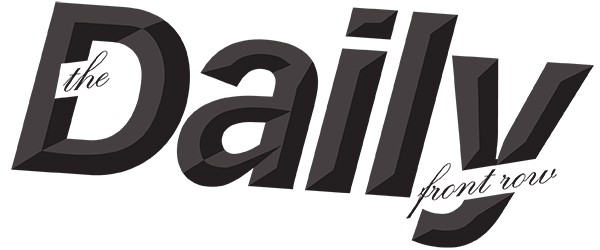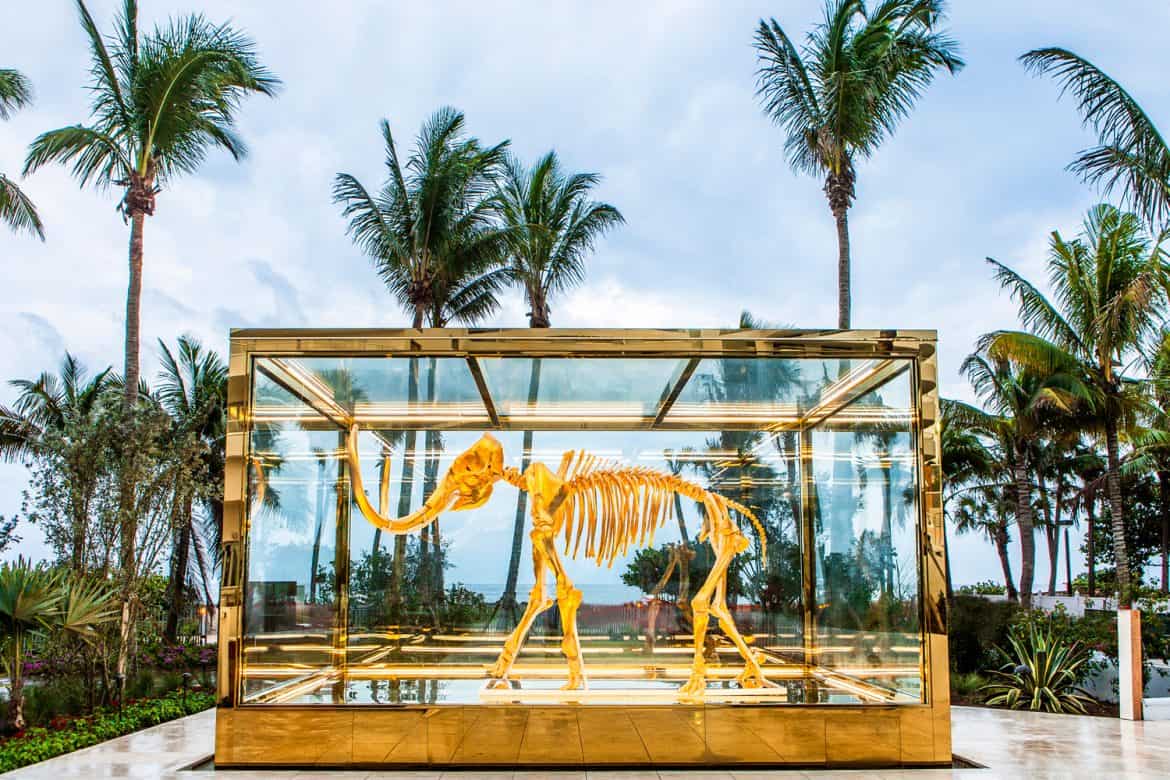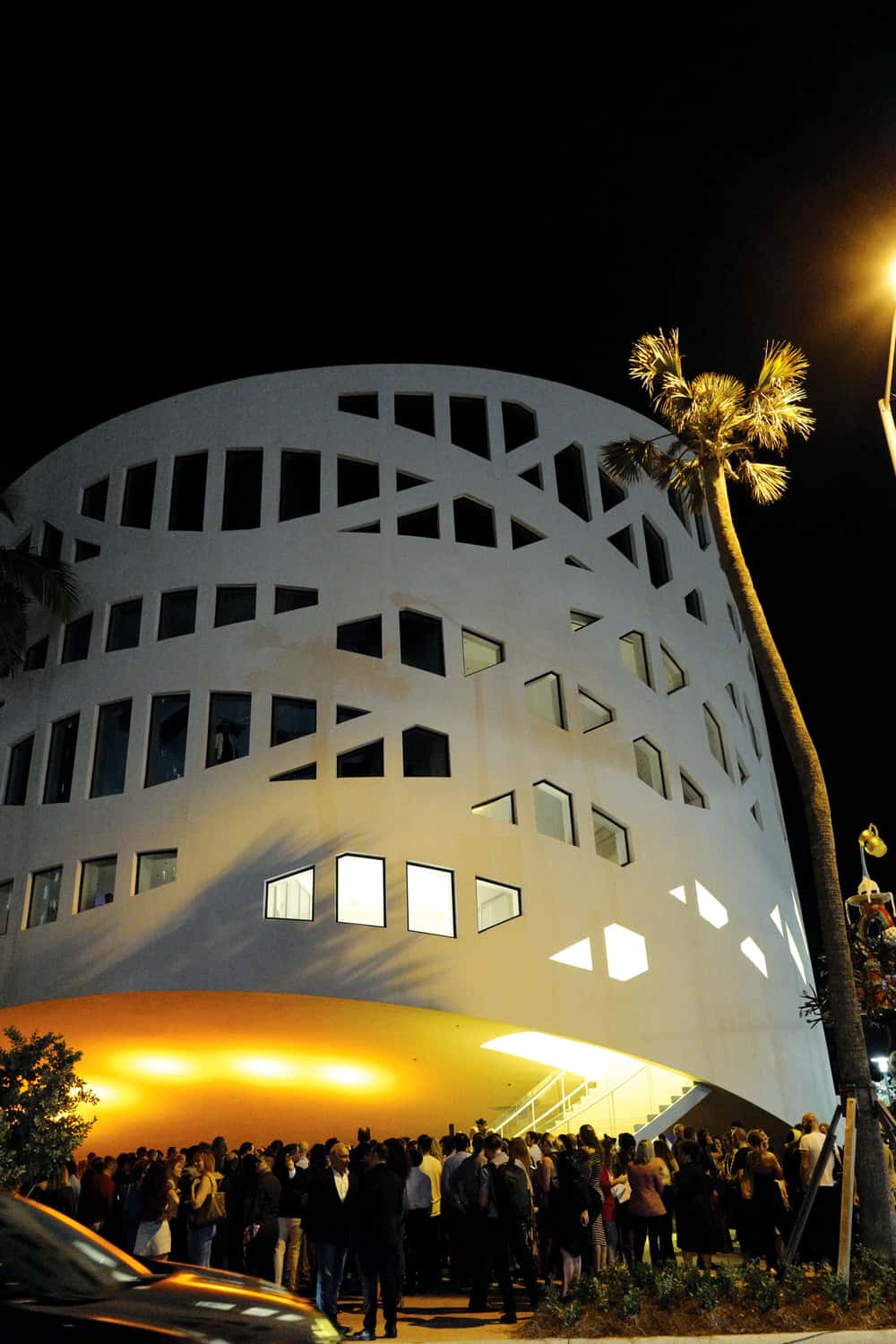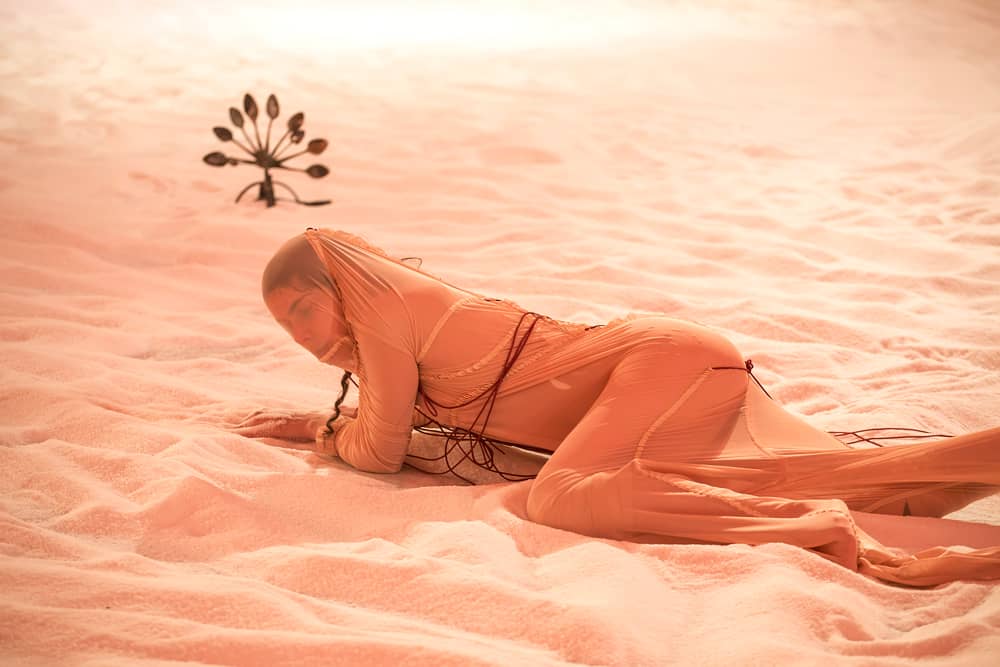The second-annual Faena Festival takes over the Faena District from December 2–8, and it’s going to be truly mind-blowing. The Daily spoke with Zoe Lukov, chief curator at Faena Art, to find out how they’re bringing art and spirituality to the public.
What is the Faena Festival?
It started last year, and the theme was “This Is Not America.” The idea for the festival, which is produced by Faena Art, the nonprofit arm of the Faena District, was based on Alan Faena’s concept and dream, which was to curate a festival that would be basically a way of taking over and maximizing the potential of the entire Faena District. We wanted to activate all the District’s spaces, from the Faena Forum, the cultural center designed by Rem Koolhaas, to the Faena Theater in the hotel, to the public spaces and the public beach, and to unite the entire neighborhood around one unifying theme. It’s a concept that’s been percolating forever, and last year was our opportunity to really do it.
How was the inaugural festival, in your opinion?
We were really happy with how it went and the ability to push the limits of creative output and push the boundaries that exist between disciplines. That’s an important part of the festival — it’s a cross-disciplinary platform. The festival is about encouraging artists to pursue dream projects they might not have had the opportunity to do before. A lot of the works are brand-new commissions — they’re site-specific, and are made for these spaces. Often we pair those new commissions with important seminal works from an artist’s career.
Tell us about your role.
I’m the chief curator of Faena Arts, which was established to take on the cultural programming of the Faena District in both Miami and Buenos Aires. I conceive of the program here with a small team. We also often think about how to combine the vision for the spaces. A lot of work we produce in Miami we end up bringing to Buenos Aires, and vice versa.
Another important thing is responding locally to the cities we’re in —we work with local artists and international artists, to ensure there’s a really dynamic conversation happening. We look to find new artists who are pushing the boundaries of their discipline, and encourage them to continue doing so at a monumental scale. We have the benefit of two beautiful spaces, Faena Forum and Faena Arts Center, in addition to all these public spaces that we’re able to use. It’s a unique opportunity for artists to go bigger than they’ve ever gone.
When do you start working on the festival?
We start when the previous festival ends! It’s pretty major. I wish we had more time. It’s a big undertaking. When you’re working with artists creating new works, there’s a lot of back and forth and conversation. There are site visits, too. A big part of what I do is come up with a concept that we want to explore, work on it extensively, and start doing research; then, I invite artists to come to the District or I visit their studios. It takes months. The original artist list that I might have had in my head changes continuously as these conversations take place.
- Last year’s Faena Festival (BFA, Courtesy)
- Last year’s Faena Forum (BFA, Courtesy)
Talk us through this year’s Faena Festival theme, The Last Supper.
It’s the unifying concept that we selected. The festival is site specific in itself to Faena. When thinking about the new theme, it made sense to consider the district’s own way of combining culinary experience with contemporary art and wellness. Separately, I was really interested in thinking about contemporary art in relation to spirituality.
While [spirituality] might not be the most popular in contemporary art, art is an inherently spiritual practice, and it’s interesting that a lot of artists work with food in ways that you don’t expect. I’m not talking about working with food as raw material, though artists do that. In my years of working with artists, I’ve noticed a lot of them have a practice of a studio lunch, for example. Everyone sits down for a fresh-cooked, farm-to-table meal. A lot of artists work with the act of creating food as an experiential moment for the audience to take part in. Last year, we did a show with artist Antoni Miralda, who is 77 years old; one of his works [“El Internacional Tapas Bar & Restaurant,” with chef Montse Guillén] was a restaurant in the 1980s in Tribeca. It wasn’t just a restaurant; it was a total artwork, a fully immersive art space.
The food was art. The walls were art. Everyone was hanging out there. There was no division between art and food. We did a show with him in 2018 in Buenos Aires, El Internacional. Archaeological Sandwich; working with him, I was thinking about how food and art have been connected in these ways. I also took into account the moment we’re living in, which is a little untethered and disjointed. I was thinking about how people want to connect and come together. There’s so much similarity between the act of coming together to break bread, and what spirituality has been used for forever — coming together for the shared prayer and the shared meal. These were the ideas that were percolating, and we finally came up with the concept of The Last Supper.
What’s going to be happening at the Faena Forum during the Faena Festival?
There’s one new commission and two existing works, all video installations. What’s interesting is that each of these videos and installations require a physical interaction by the audience. You enter the space, and there’s a new video by Sophia Al-Maria, which is part of her The Limerent Objects series. The film is based on the underworld Queen Persephone. It’s a video on the floor, so it will require a peering down from the audience. It’s very visceral; the audience will be physically engaged with this work.
On the second floor, there’s a short film by the Propeller Group, The Living Need Light, The Dead Need Music, which was made in 2014. It explores the funerary traditions throughout the Southern Hemisphere, to demonstrate the commonalities and continuities of the global south. It’s a lush, gorgeous film. You walk around it in the space. In the other space, Camille Henrot will exhibit her film Saturday, which she created for her major show at the Palais de Tokyo in Tokyo last year. It hasn’t been installed in the United States yet, so this will be the [national] debut, and we’re really excited about that. It’s a documentation of the Seventh-day Adventist Church, sliced together with footage of surfing and medical procedures. It’s a gorgeous film — it’s three-dimensional, which will be interesting and physical for the audience.
Last year, you had that stunning carousel in the lobby. What will be showcased at the Faena Hotel this time around?
There are two gorgeous new commissions. Myrlande Constant is a Haitian artist who is creating her biggest Vodou flag to date, which will hang centrally. She makes these heavily intricate, sequined works. She has also created a second flag, because she was so excited about the project. These will be surrounded by other flags on loan from private collections, which are religious objects, in a certain sense. They’ll be utilized in a religious ceremony to call in the Loa, the Haitian spirits. Here, in this context, they’re basically contemporary paintings made of beads and sequins. They are phenomenally gorgeous.
Wow. What’s the other commission?
From the lobby, as you go on the pathway near the Mammoth, Gabriel Chaile has another commission, which is totally epic. Chaile is an artist from Northern Argentina. He’s a rising star. We commissioned him to create a series of six sculptures that reference indigenous wayfinders or talismans — one sculpture is a functional oven and we’ll be baking bread out of it. It’s going to be beautiful.
And what’s the story behind another debut, Miami Buddha?
Zhang Huan is a world-famous Chinese artist, mostly known for his performance work from the 1990s, who has transitioned more into working with ash as a medium. He created a Buddha created entirely of incense ash he collected from temples around China — it took him three years. The ash is considered sacred. The Buddha itself is made of ash, and will slowly crumble and fall apart, which is a meditation on the impermanence of life, and the cycle of life and death. We’re talking about feasting and fasting, and all the spiritual traditions that engage with that. The Buddha will be exhibited along with the aluminum mold that makes it, so there’s actually two Buddhas. They’ll be on the beach, with the ocean behind.
What if it rains?
It would fall apart. That’s part of it. It’s constantly changing.
Won’t the ash blow everywhere?
It won’t. There’s a technique utilized, so it doesn’t go wild. It will blow a little bit. It’s going to be quite special.
Will Miami Buddha be the Instagram moment of the festival?
I think the Myrlande Constant and Gabriel Chaile [artworks] might be. I would imagine the Buddha will also be. But who knows? It might rain, so who knows what could happen.
Instagram is such a big part of our culture now. Do you think about creating those kinds of moments when you are putting the festival together?
I try not to, but it’s hard not to. It’s become a way for people to communicate and share. With The Last Supper, I was less interested in doing object-based things, to really focus more on the experience. I wanted to move away from “Take a picture and leave,” and make it more about allowing audiences to come together to share an experience that can’t be repeated. That’s why we have a supper series and a cinema series, these opportunities to congregate and commune. I had this ongoing thing in my head about what our contemporary ritual is — it’s dinner and a movie, the most basic thing that we do across the board no matter what spirituality you identify with.
What’s the supper series?
It’s the only thing that’s ticketed. Everything else is open to the public. It’s a dinner where you need to purchase a ticket. We’ve been talking about breaking bread and sharing a meal together, so I wanted to work with chefs who I find to be artists. One of the nights is a mash-up between [chefs] Paul Qui and Francis Mallmann. Qui is the master of contemporary Eastern cuisine, and Mallmann revolutionized the Argentine asado. It takes place at a table, which is a work of art by Jim Denevan.
The table will be able to seat 350 people, and it’s essentially a circle, a ring on the beach. We’re also doing a dinner on Wednesday [December 4] with [art collective] Lunafridge, which will have everything to do with the moon and the stars. [Astrology for Artists founder] Madeleine Botet de Lacaze will be reading guests’ astrological charts. The whole dinner is a performance relating to the stars about what foods you should eat, where the planets are. On Friday [December 6], we’ll be doing a dinner with Jim Denevan.
Tell us about the cinema series.
There’s an LED boat that floats on the water with ads, and we bought it out last year for the entire week, with an artwork on it. It went up and down the water and basically there were no ads for the week, it was a public artwork. It was so beautiful because it also went outside of the Faena District and reached an audience that might not go to Art Basel. Everyone lying on the beach would see this boat. We felt it was a gift to the city.
We’re doing the same this year, in the sense that we’re buying out the boat again for the week, but instead of doing one artist, we’ve programmed a series of video installations that go up and down the beach all day. Every night at 6 p.m., the boat is going to come to the Faena District and park as an open-air cinema. There will be screenings each night. People can come sit on chairs on the sand, and be able to see and hear the film from the beach. It’s almost like a drive-in movie!
How involved is Alan Faena in all of this?
Faena Art was founded based on Alan’s vision and his desire to integrate art and culture to everything in the Faena District. His vision is a guiding principle on the program for sure.
This all sounds incredible. What were you doing before your current gig?
I have a totally nontraditional trajectory. Prior to Faena, I was at the Museum of Contemporary Art in Los Angeles under Jeffrey Deitch. I worked for a number of Bienniales, as well. Prior to that, I was at NYU at a research institute, the Hemispheric Institute of Performance and Politics — and I started out as a dancer! I was really interested in performance and body practice as a way to understand our histories and our world in a way that’s not written. Then, I ended up becoming a curator!
Subscribe to our newsletter and follow us on Facebook and Instagram to stay up to date on all the latest fashion news and juicy industry gossip.






.jpg)

